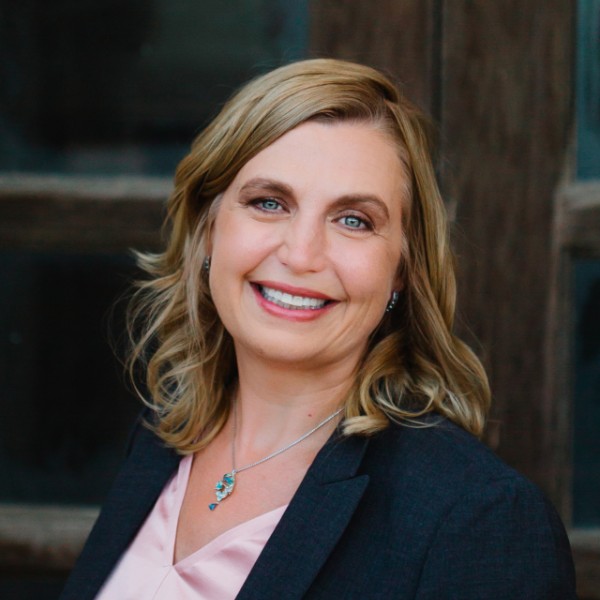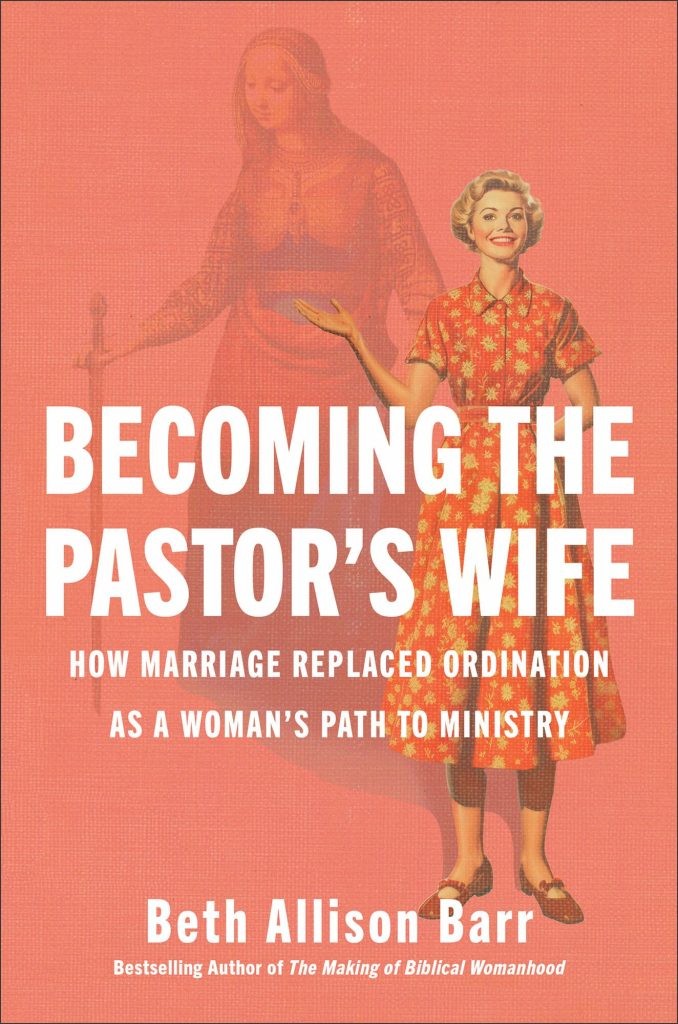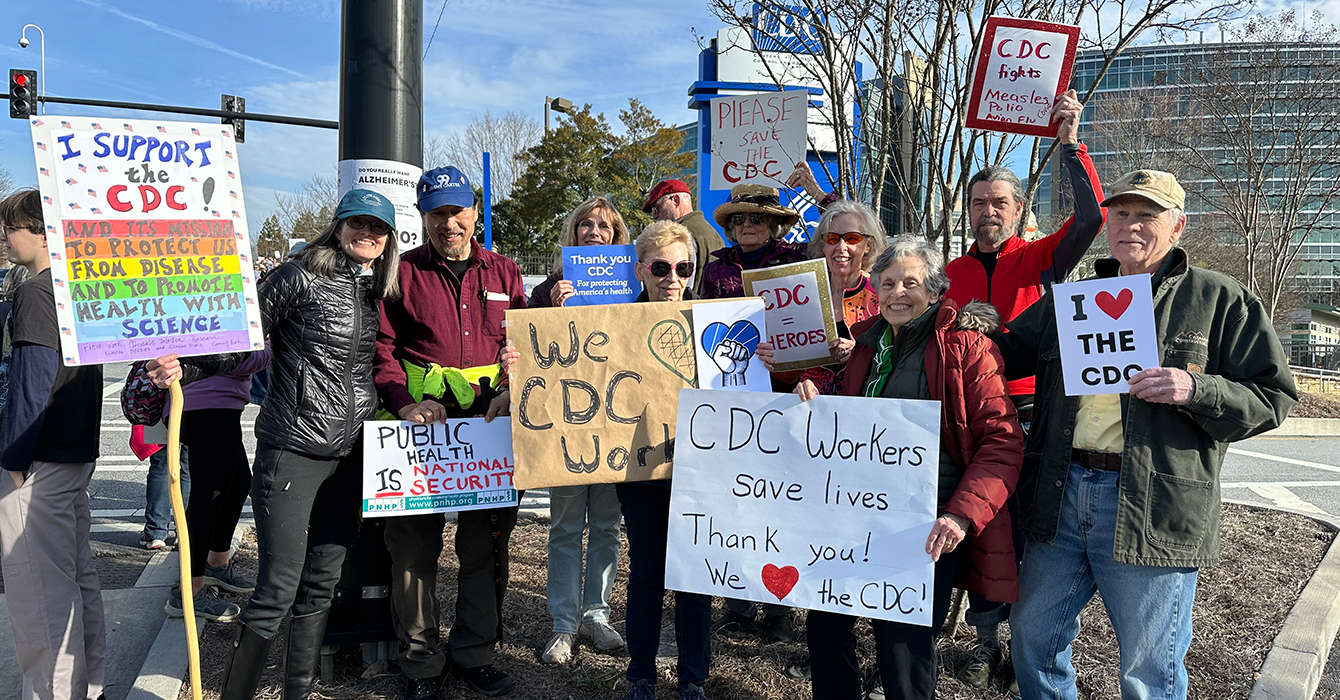Holy Week and Easter Sunday have always resonated with me. I was raised a Southern Baptist in Alabama. All the ministers in the congregations which I faithfully attended were men. My father was a deacon.
But all my formative Sunday school teachers were women, and the heart of my Bible and missions education was the Girl’s Auxiliary (GA’s), also run by church ladies. A kind of dual-sex system existed in which women were teachers and (sometimes highly revered) missionaries and church mothers, and men were deacons and preachers (for more on this see this resource and this). It was a ‘separate but equal’ arrangement. It began to break down as post-WWII generations of women had increased opportunities in the labor market, more education, and different aspirations. And, of course, the evolution was uneven. Patriarchy hardened as women’s roles began to change.
In my girlhood it was primarily during Lent that the importance of women got “preached.” Most of the women in these stories were called Mary. Some were mothers of Jesus or a disciple; some close friends of Jesus, like the sister of Martha and Lazarus. Then here was the mysterious “other Mary,” Mary Magdalene. They were the ones who stayed behind when the disciples fled. They were the ones who kept vigil at the cross, publicly grieved, and performed burial ablutions. It was the women that first Easter morning that went ahead: who witnessed the resurrection proclamation, and according to one gospel, a woman first talked with the risen Lord.
According to the Faith Communities Today project (2008), 87% of women clergy (as compared to 71% of men) say that they have participated in a small peer group for continuing education and support in the past five years. There are good reasons for clergywomen’s disproportionate attraction to such groups. Our survey of 2,098 pastoral leaders in Sustaining Pastoral Excellence (SPE) peer groups found that women are more likely to experience a triple time-bind in their personal and ministerial lives. They work like their male peers, but they spend significantly more time commuting to their workplace and (like most working women) doing household chores. They also are more likely to say that they joined a peer group because they feel isolated in their ministries. They both need the support and their time is precious.
Women clergy -- who are a minority presence in most denominations and whose parishes are disproportionately located in urban and rural areas -- tend to participate in peer groups that are denominationally and/or racially diverse. At Samford University in Birmingham, Alabama, the Resource Center for Pastoral Excellence offers a Women’s Day Apart for senior or solo pastors. An average of 25 women pastors participates. 60% are white and 40% are black. They represent 14 denominational groups. Like other SPE groups with women clergy, this one tends to focus on spiritual practice and intentional biblical and theological reflection. We found that such groups are especially good at increasing members’ empathy and listening skills.
In the gospels, you rarely learn of the faithful commitment and action of one woman alone. There are the Mary’s and nameless “other women.” For better or for worse, this kind of relationality is a woman’s legacy and a part of her creative response to challenges of legitimacy and social change. It is no surprise that the last major study of women clergy found that women who left ministry did so because they lacked a peer group.
Penny Marler teaches sociology of religion at Samford University in Birmingham, Alabama.







